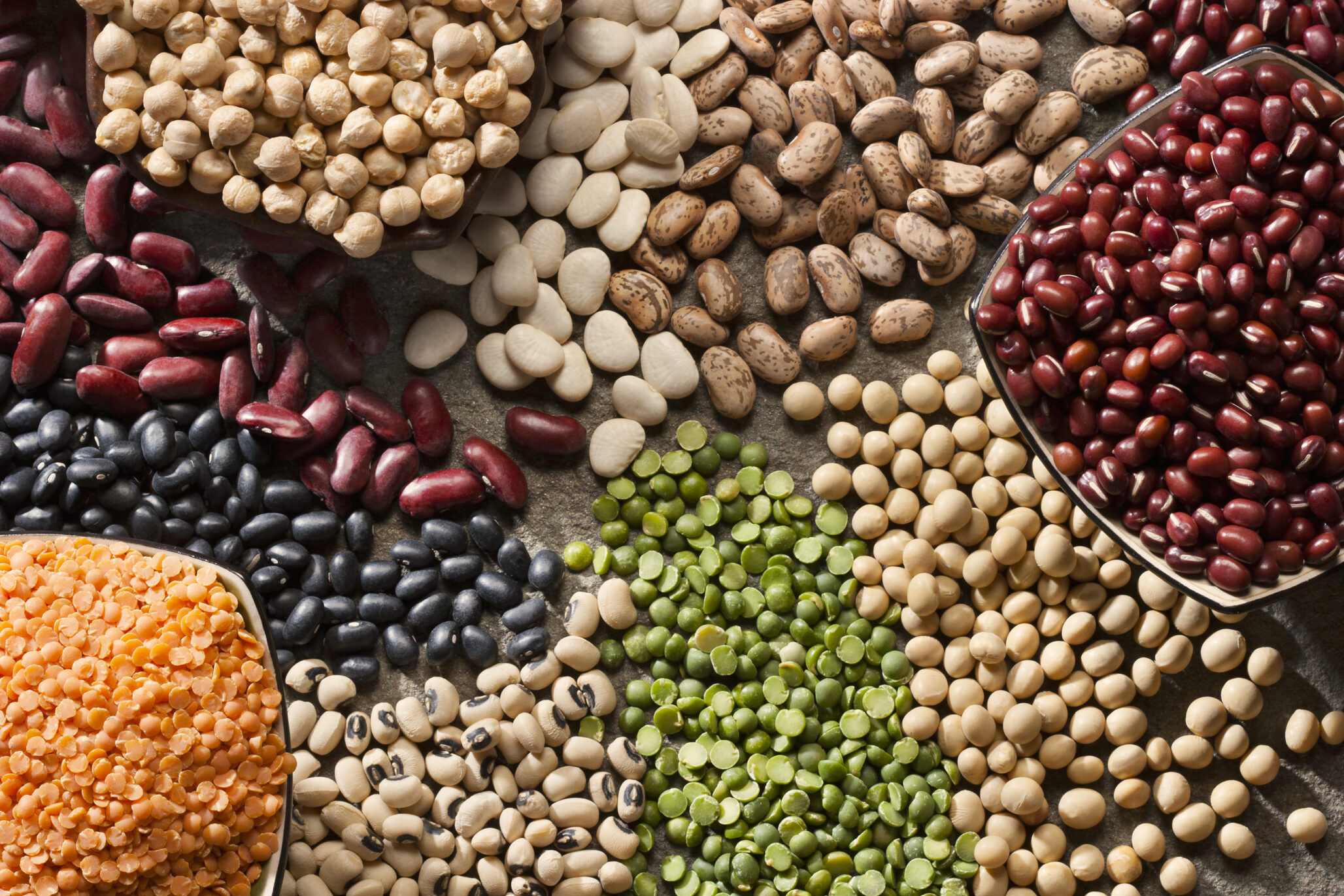It’s amazing how quickly new technologies come along and make a huge impact.
When I first started working in the seed industry in 2021, we would manually pick all the green peas from a bag of seed. It was labor intensive and time consuming. Now I work with a color sorter that automatically separates green peas from yellow peas. In just three years, a process that was once slow and tedious is now super-efficient and 99 percent accurate thanks to advances in technology.
Since we kicked off our pulse breeding program at Limagrain Cereals Research Canada in 2022, we’ve worked closely with Saskatchewan Pulse Growers to align our breeding priorities with the needs of farmers. When I walk a plot with a pulse producer, one of my first questions is always, ‘what traits do you want me to breed for’?
Yield improvement is top of the list, but root rot resistance is also critical and one of my main goals is to breed resistant varieties, especially to Aphanomyces, which can stay in the soil for up to 10-20+ years and have a profound impact on yields. In Saskatchewan, where farmers like to include a pulse in a three- or four-year rotation, that’s a big deal. Other priorities include developing a new herbicide tolerance system for lentils and breeding pea varieties with less seed coat breakage.
Thankfully, we are part of Limagrain, a global seed company, which means we benefit from research they’ve been conducting in Europe and in other crops such as maize for decades. The quicker we can bring new high-value varieties to farmers, the better, so we’re looking at ways of using technology to shave years off the development pipeline.
For one, we’re relying on the greenhouse much more, which allow us to extend the development season into winter, spread out labor, have more cycles throughout the year, and make selections indoors before validating them in the field, and therefore generally speed up the process.
Secondly, a winter season is critical because the multiplication rate in peas and lentils is relatively low. One pea plant can give around 40 seeds and a lentil about 100 seeds. This creates a bottleneck by having too few seeds for multi-location testing. This can be overcome by increasing the seeds during the winter season so we can test the performance of the new varieties in multiple locations the following year. We also make use of a contra season for seed production, so we can hand over breeder seed for new varieties to seed companies faster.
Thirdly, genomic selection is relatively new for pulses, but other Limagrain breeders have doing it for years and we can lean heavily on the know-how developed on those larger crops within Limagrain to benefit our pulse breeding program. That will include using genomic tools to predict and track new quantitative trait loci (QTLs). Genomic selection is already routine in wheat and it’s going to be huge for pulses. We’ve already started doing some marker selection, which will help us predict pea and lentil selections and crosses before they hit the fields. Having the markers for root rots allows us to select for resistance earlier and speed up our whole breeding cycle even more, facilitating the roll out of new high-value seed varieties to farmers much more quickly.












